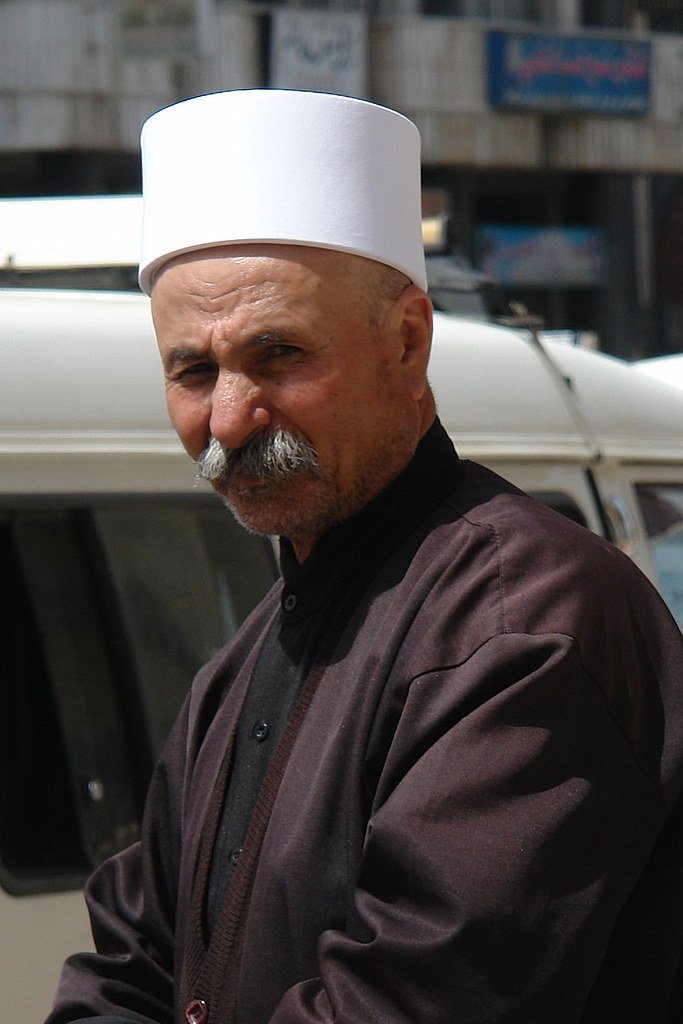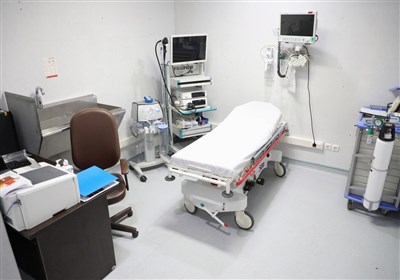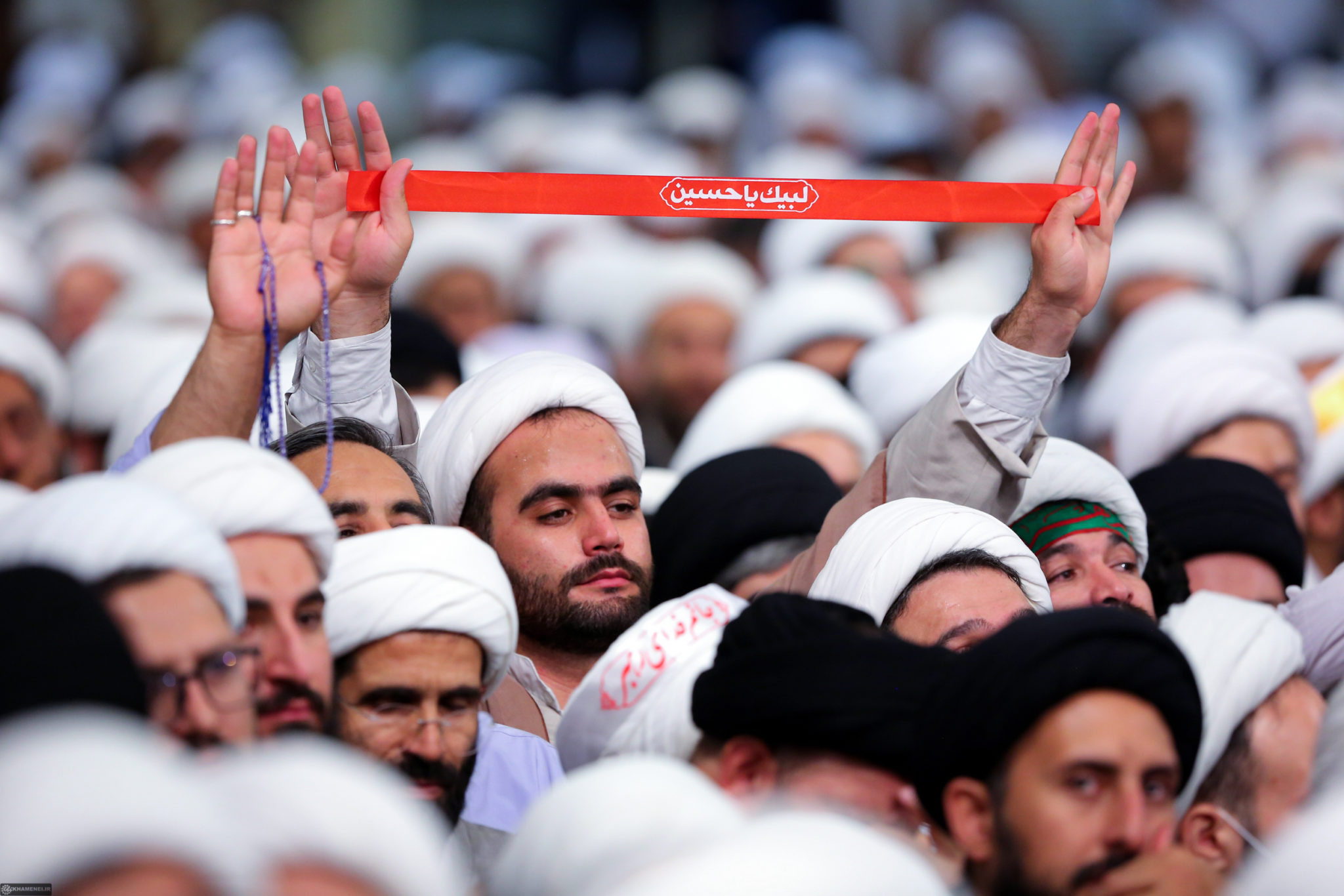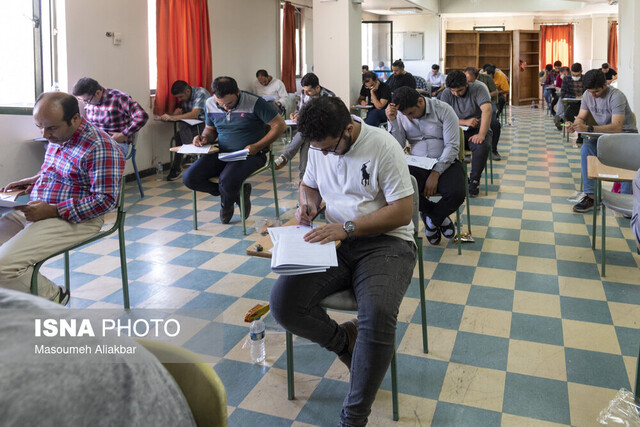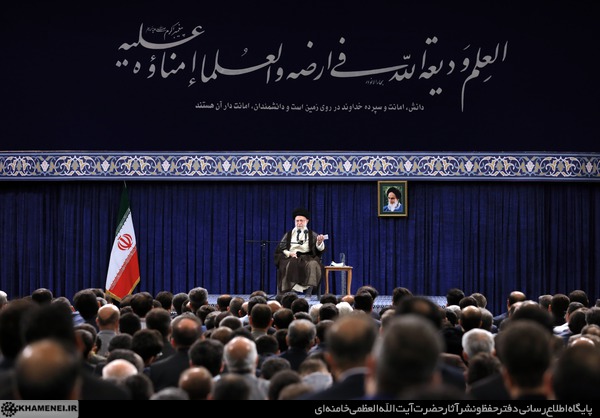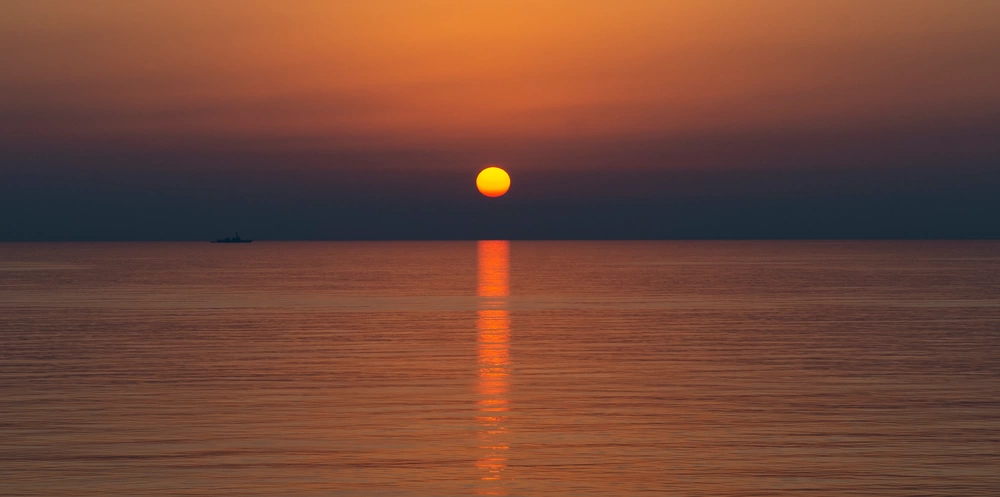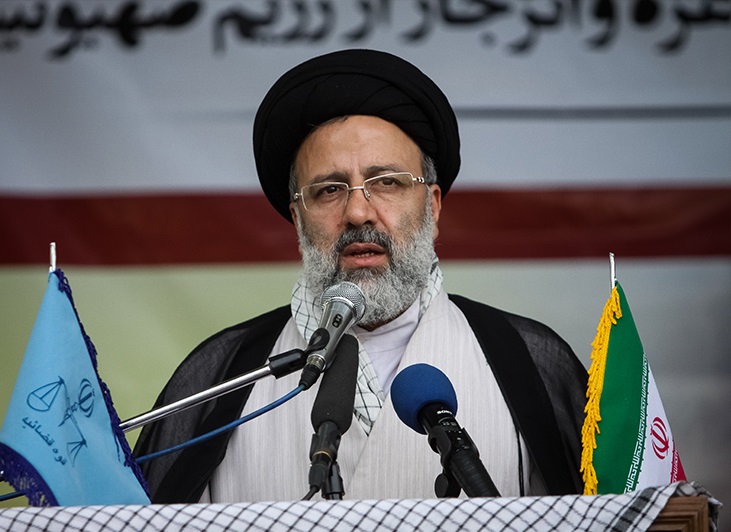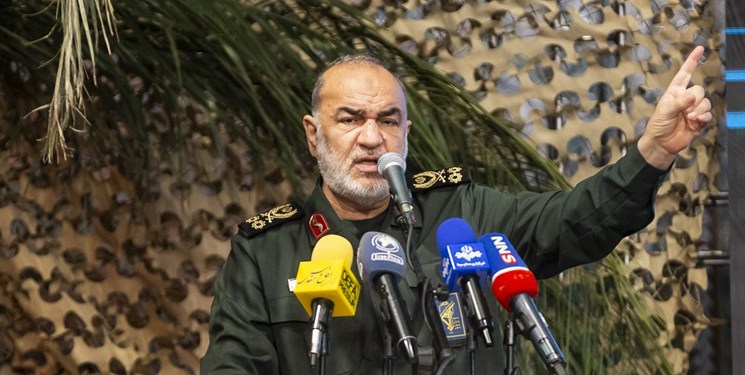
Hossein Salami, commander of the Islamic Revolutionary Guard Corps, describes new military capabilities of supposed artificial intelligence-directed drones during a 4 October 2023 conference of medical students.
“Anyone who wants to harm our country… will be eliminated.”
Iranian drone development could threaten the blue water navies of its adversaries at extended ranges. According to a statement by General Hossein Salami, commander of the Islamic Revolutionary Guard Corps (IRGC), published by the state-run Fars News Agency, Iran has successfully integrated artificial intelligence into its drone fleet.[i] While the statement appears aspirational, Iranian tactics have indeed evolved from the pinpoint use of drones to the use of drone swarms.[ii] Simultaneously, Iran has increased drone range by switching from line-of-sight to global positioning system navigation. Iranian strategists realize adversaries will likely apply the same long-range swarming tactics the IRGC now utilizes. In response, the IRGC is seeking a way to counter this innovation by having drones “decide” which enemy drones and other targets to destroy without human input. Given technological advances, and the global proliferation of artificial intelligence applications, it is only a matter of time until Iranian aspirations about artificial intelligence-infused drones become fully realized. When this happens, it will change the maritime operational environment in the region. While the Iranian Navy has invested in new ships, its blue water capacity remains limited.[iii] For their part, long-range, autonomous drones will be able to leapfrog over this naval deficit to project power hundreds of miles offshore where more advanced navies can operate but Iranian power is minimal. As such, artificial intelligence-infused drone operations could ultimately rectify a major Iranian capability gap.
Sources:
“Sardar Salami: Pehpadha-ye ma Qadarand dar Fasleh Chand Hazar Miley Shanavarha ra Hadef Qarar Dehand (General Salami: Our Drones are Capable of Targeting Vessels Several Thousand Miles Away),” Fars News Agency (news agency closely affiliated with the Islamic Revolutionary Guard Corps), 4 October 2023. https://www.farsnews.ir/news/14020712000483
“Our country is progressing, but our enemies don’t want us to build the future of our country with the blossoming minds of our youth.” Today, our country is equipped with new technologies, artificial intelligence and a variety of emerging phenomena in biochemistry, biophysics, and genetics and so on. We have something to say and we are growing…. Many people tell us that the enemy is just an illusion of the mind, but it is not an illusion; it is reality. Our youth must build the future of our country, Western countries have no rights in our country. Anyone who wants to harm our country and our youth will be eliminated….”The Commander-in-Chief [of the Islamic Revolutionary Guard Corps Hossein Salami] continued, “In the unmanned arena, you see that with the help of Artificial Intelligence, today we have the capability that our drones can target any moving vessel a few thousand miles away and even assess the extent of destruction.”
Notes:
[i] For previous discussion of the Iranian military claiming to enhance its arsenal with artificial intelligence, see: Michael Rubin, “Iran Claims Development Of Cruise Missiles Guided By Artificial Intelligence” OE Watch, 08-2023. https://fmso.tradoc.army.mil/2023/iran-claims-development-of-cruise-missiles-guided-by-artificial-intelligence/
[ii] For background on Iranian drone developments and strategies, see: Michael Rubin, “A Short History of the Iranian Drone Program,” American Enterprise Institute, August 2020. https://www.aei.org/wp-content/uploads/2020/08/A-short-history-of-the-Iranian-drone-program.pdf?x91208
[iii] For background into the Iranian Navy’s problems operating in the open ocean, see: Michael Rubin, “Khamenei Orders Investigation into Naval Accident” OE Watch, June 2020. https://community.apan.org/wg/tradoc-g2/fmso/m/oe-watch-past-issues/336632/download
Image Information:
Image: Hossein Salami, commander of the Islamic Revolutionary Guard Corps, describes new military capabilities of supposed artificial intelligence-directed drones during a 4 October 2023 conference of medical students.
Source: https://media.farsnews.ir/Uploaded/Files/Images/1402/07/06/14020706000363_Test_PhotoN.JPG
Attribution: FarsNews.ir

